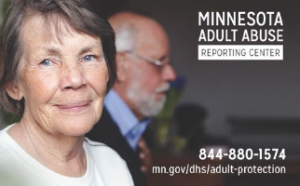Images of Stages of Pressure Ulcers
Stages of Pressure Ulcers by National Pressure Injury Advisory Panel
Has a detailed description of the various Stages of Pressure Ulcers also known as Decubitus Ulcers and Bed Sores. The are detailed and quite graphic but the visual of each stage is invaluable in identifying the wound and determining whether it is improving or worsening. The site shows skin conditions in each Stage:
NPUAP Free Resource Category/Staging / Stages of Pressure Ulcers / Illustrations:
Nursing Home Pressure Ulcer Sore Injury
According to federal regulations, based on the comprehensive assessment of a resident, the facility must ensure that—
(i) A resident receives care, consistent with professional standards of practice, to prevent pressure ulcers and does not develop pressure ulcers unless the individual’s clinical condition demonstrates that they were unavoidable; and
(ii) A resident with pressure ulcers receives necessary treatment and services, consistent with professional standards of practice, to promote healing, prevent infection and prevent new ulcers from developing.
Pressure Sore Injury to Skin and Underlying Tissue
According to WebMD,pressure sores (bed sores) are an injury to the skin and underlying tissue. They can range from mild reddening of the skin to severe tissue damage-and sometimes infection-that extends into muscle and bone. Pressure sores are described in four stages:
Stage 1 sores are not open wounds. The skin may be painful, but it has no breaks or tears. The skin appears reddened and does not blanch (lose color briefly when you press your finger on it and then remove your finger). In a dark-skinned person, the area may appear to be a different color than the surrounding skin, but it may not look red. Skin temperature is often warmer. And the stage 1 sore can feel either firmer or softer than the area around it.
At stage 2, the skin breaks open, wears away, or forms an ulcer, which is usually tender and painful. The sore expands into deeper layers of the skin. It can look like a scrape (abrasion), blister, or a shallow crater in the skin. Sometimes this stage looks like a blister filled with clear fluid. At this stage, some skin may be damaged beyond repair or may die.
During stage 3, the sore gets worse and extends into the tissue beneath the skin, forming a small crater. Fat may show in the sore, but not muscle, tendon, or bone.
At stage 4, the pressure sore is very deep, reaching into muscle and bone and causing extensive damage. Damage to deeper tissues, tendons, and joints may occur.

This website is for educational purposes only and is not intended to provide legal advice as each situation is different and specific factual information must be obtained before an attorney is able to assess the legal questions relevant to your situation.
If you or a loved one has suffered an injury from neglect or abuse in a nursing home or other care facility that serves the elderly in Minnesota please contact our firm for a free consultation and information regarding the obligations of the facility and your rights as a resident or concerned family member.
To contact Attorney Kenneth L. LaBore, directly please send an email to KLaBore@MNnursinghomeneglect.com or call Ken at 612-743-9048 or toll free at 1-888-452-6589.


